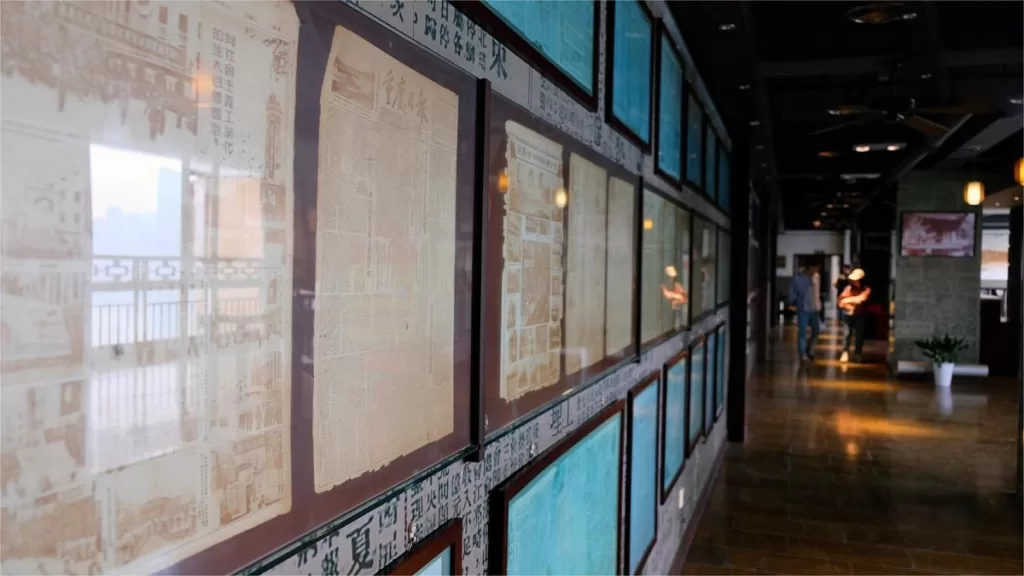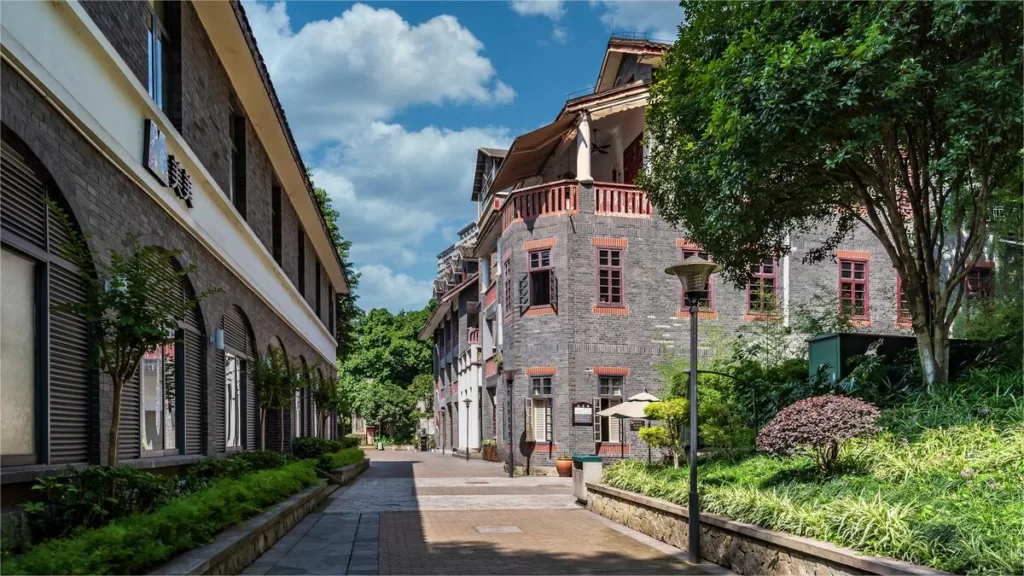Estação Liziba, Chongqing - Um compromisso ambicioso entre desenvolvimento urbano e residência


Nestled in the heart of Chongqing’s Yuzhong district, Liziba Station (李子坝车站) stands as a testament to both engineering innovation and the preservation of history. Located at 39 Liziba Street, this remarkable transport hub is unlike any other in China, as it is the first elevated monorail station that harmoniously coexists with residential and commercial buildings. Managed and operated by Chongqing Rail Transit (Group) Co., Ltd., Liziba Station serves as a crucial stop on Chongqing’s Metro Line 2.
Origin of the Problem
The inception of Liziba Station traces back to 1998 when the Chongqing Municipal Government announced plans to construct a rail transit route connecting the city center to Xinshan Village. The proposed route included a station at Liziba, coincidentally coinciding with the plan to construct a residential building in the same location. This led to a unique conundrum: should the building make way for the rail, or should the rail accommodate the building? After extensive deliberations, the two companies, Chongqing Rail Transit and the housing construction firm, decided on an ambitious compromise: they would build the building and the monorail station simultaneously. In May of the same year, the design team, commissioned by the housing construction firm, embarked on a series of revisions, culminating in the final design.
Marvellous Solution

Construction of Liziba Station commenced in the year 2000 and was completed by March 2004. The station was officially inaugurated and opened for public use on June 18, 2005. Liziba Station employs a distinctive “station-bridge separation” design concept, allowing it to be seamlessly integrated with the residential and commercial complex. By segregating the structural systems of the monorail station and the building, potential structural issues and vibrations were effectively mitigated. The rail system employs low-noise and low-vibration technology, featuring air-cushioned rubber tires supported by air springs, significantly reducing operational noise levels.
Bayu Old News Museum

Beyond its unique architectural and engineering design, Liziba Station holds a cultural treasure within its limited space. Upon entering the station, visitors are greeted by the “Bayu Old News Museum,” which chronicles the rich history of old Chongqing through text and images. Over 70 years ago, Liziba was a symbol of resilience during the wartime period and was home to the headquarters of “Da Gong Bao,” a prominent newspaper of that era. Through the newspaper’s pages, the museum vividly portrays the brutality of the invading Japanese forces, the suffering of the people in occupied areas, the heroic struggles of Chinese soldiers against the Japanese invaders, and the progress of the global anti-fascist war. This exhibition kindles the spirit of unity and courage that inspired the Chinese people during the wartime period and instills a resolute faith in victory.
Historical Sites Nearby

To commemorate the victory in the War of Resistance Against Japan, the “Liziba Anti-Japanese War Memorial Park” was established in the vicinity of Liziba Station. This historical site features significant landmarks, such as the Liu Xiang Mansion, the former residence of Li Geng, and the Bank of Communications School, all of which bear witness to the city’s wartime past. During the war, Chongqing boasted numerous air-raid shelters, and one such shelter can be found near the Liziba Station platform. Over a harrowing period of five and a half years, this shelter served as a sanctuary, saving countless lives and contributing to the resistance efforts. Visitors are encouraged to explore these sites to gain a deeper understanding of the area’s historical significance.
Video about Liziba Station
Attractions near Liziba Station

Centro de Artes Testbed 2

E’ling Park
Atracções no centro de Chongqing, Atracções em Yuzhong District Chongqing, Arquitetura de Chongqing